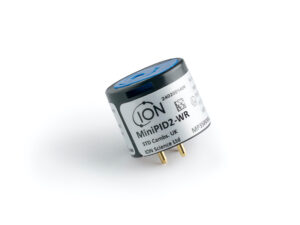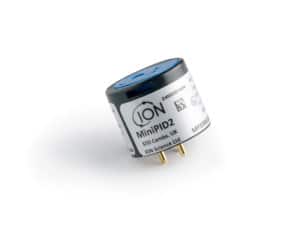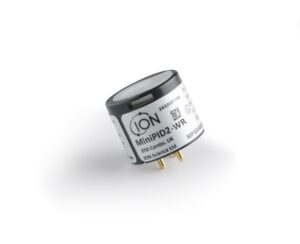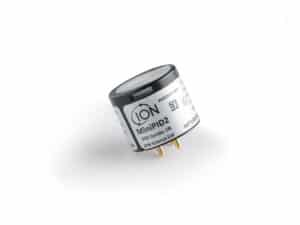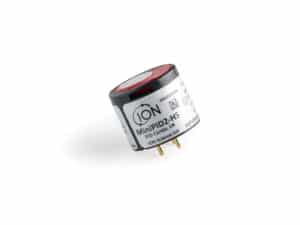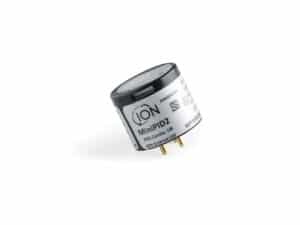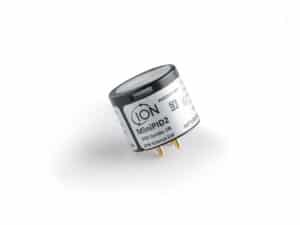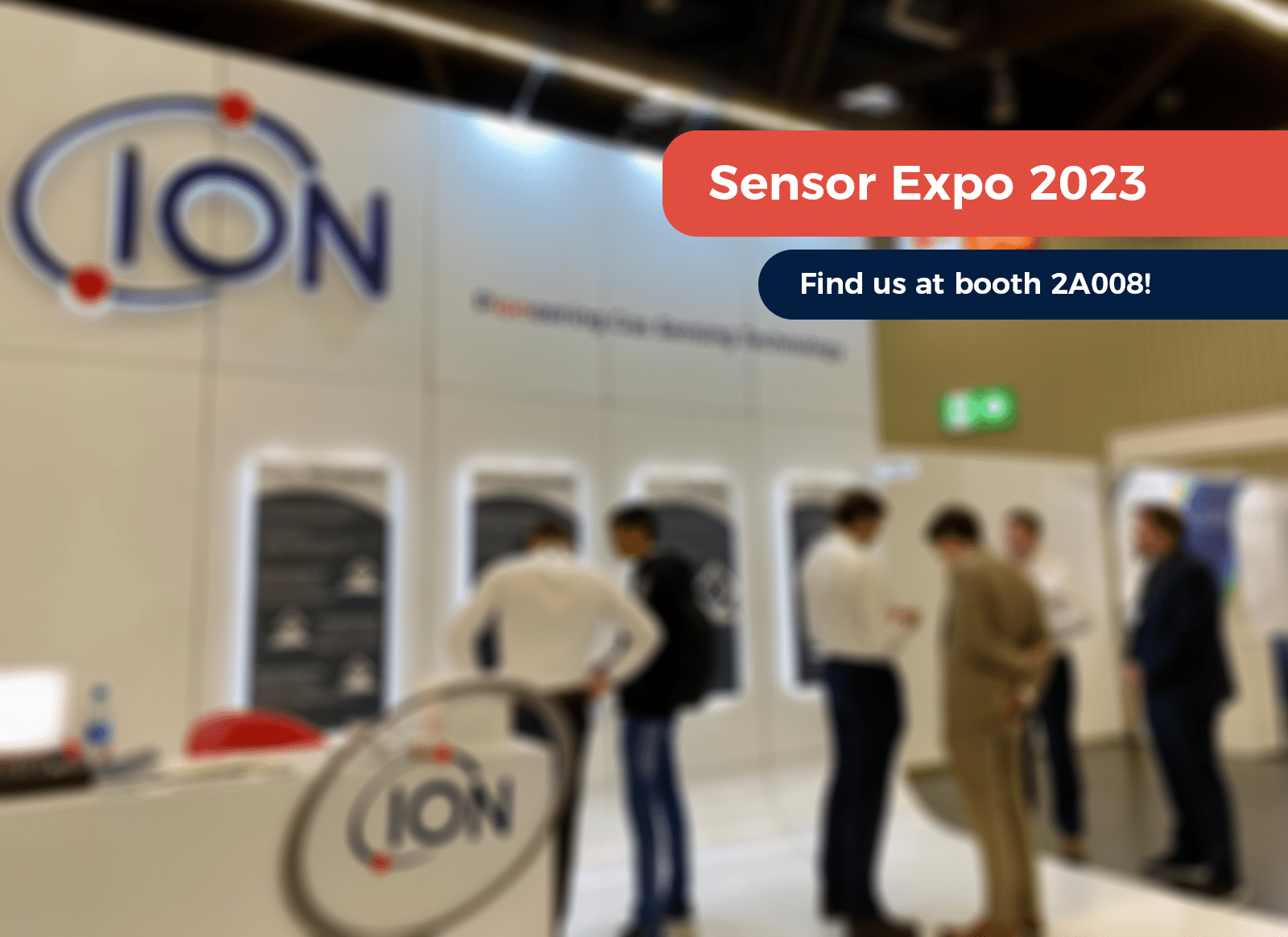
ION Science is set to showcase their sensing technology offering at Sensor Expo 2023, taking place in Shanghai, China, from September 13th to 15th.
Visitors to the event can explore ION’s comprehensive range spanning from individual sensors to piezo electric micro pumps and integration kits. The team will also be presenting the world-leading NextPM Particulate Matter (PM) sensor, the latest addition to the sensing portfolio, a product of the renowned OEM, TERA Sensor.
The Importance of PID and PM Sensors
PID and PM sensors detect various pollutants, vital for monitoring air quality due to its impact on health, the environment, economy, and overall well-being. PID sensors gauge gaseous compounds, while PM sensors assess the volume and size of airborne dust particles. Together, they efficiently monitor indoor, outdoor, and industrial air quality. As global focus intensifies on safety and environmental conservation, demand for VOC monitoring grows. Many of ION Science’s clients develop portable and stationary tools for diverse applications, making PID a trusted technology for VOC detection.
Photoionisation Detection (PID) Sensor: MiniPID 2
Monitoring VOCs indoors and outdoors is crucial to prevent exposure to harmful levels. The ideal ION Science PID sensor variants for air quality monitoring are:
- MiniPID 2 PPB Sensor: Best for wide-ranging indoor and outdoor environments due to its low-end PPB sensitivity.
- MiniPID 2 HS Sensor: The market’s most sensitive VOC sensor, enabling sub-PPB measurement.
- MiniPID 2 10.0 eV Sensor: Ideal for spaces needing targeted detection of highly toxic VOCs such as benzene and toluene.
ION Science’s PID innovation, with its patented fence electrode technology, ensures accurate results by eliminating humidity-induced false positives.
Peter Morris, Head of Sensors at ION Science Ltd, highlights, “Many know ION Science for our PID sensors used in gas detection instruments and systems. Yet, they’ll be thrilled to see our latest addition: the Next-PM high-performance Particulate Matter sensor, which will be a highlight at our booth.”
“Having ‘ION inside’ is a mark of quality, representing superior performance and reliability, which instils confidence in our partners’ brands. We eagerly await all our visitors – developers, designers, engineers, technicians, and product managers – and are excited to share the patented technology that drives the unmatched performance of ION sensors.”

Particulate Matter (PM) Sensor: NextPM
Particulate matter pollution affects 91% of the global population living in areas surpassing WHO air quality limits. ION Science, dedicated to improving air quality with innovative gas sensing technology, recently added the NextPM sensor to its range. In AQ-SPEC tests at South Coast AQMD, USA, the NextPM sensor showed strong correlations for PM1.0 and PM2.5 compared to reference-grade equipment, notable for its cost-effectiveness.
Peter Morris stated, “The exceptional performance of this economically priced sensor aligns with our mission.”
The NextPM sensor boasts patented airflow and humidity controls, ensuring long-lasting, accurate measurements, even in harsh conditions. With increased health concerns and stricter regulations, like WHO’s revised PM2.5 guideline, robust monitoring systems like NextPM are essential.

Utilising PID and PM sensors as separate entities addresses specific pollutants and challenges related to air quality. When these two methods are used in conjunction with one another, organisations are equipped with a comprehensive approach to understanding and improving the air we breathe.
Find us at Sensor Expo 2023!
Attendees of Sensor Expo 2023 can dive deep into ION’s latest innovations at booth 2A008 and engage with the technical experts on the stand for further information on how to deploy the technology. To get in touch with a member of the team about the show, please submit your contact details below.
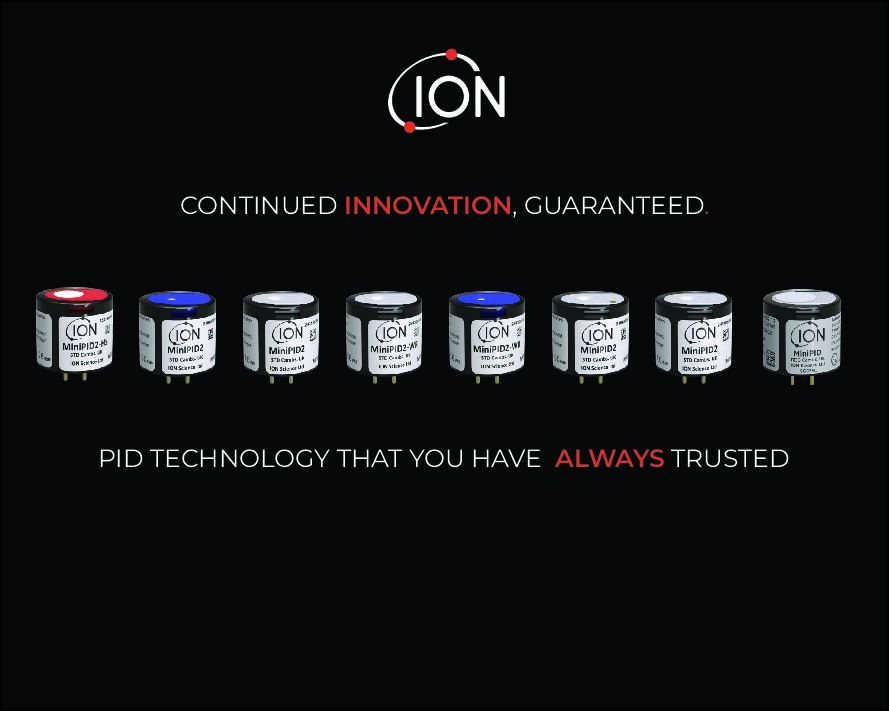



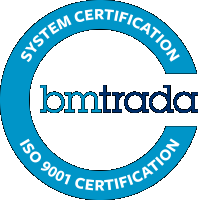
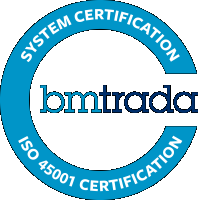
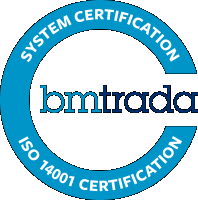
 United Kingdom
United Kingdom